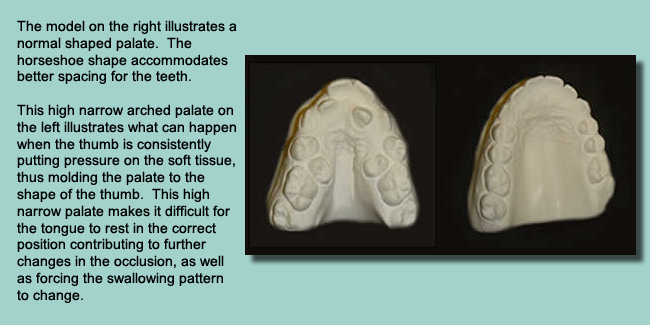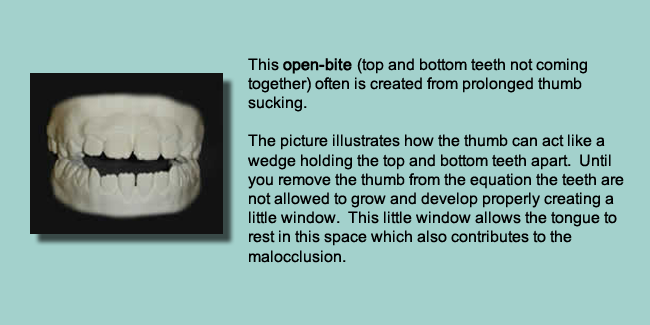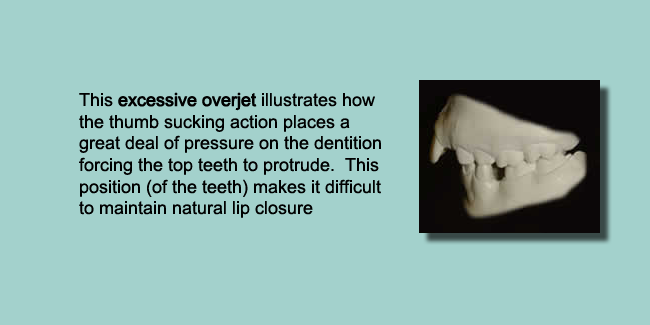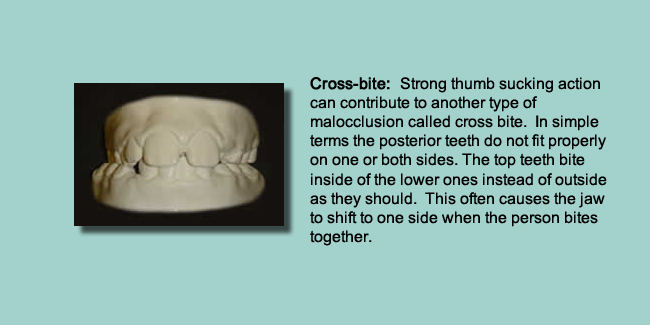Orofacial Myology
Orofacial Myology is field specializing in the evaluation, diagnosis, and treatment of orofacial myofunctional disorders. It is an exercise- based treatment modality assessing and addressing rest posture problems and orofacial disfunctions. This holistic approach treats the whole body by working with the muscles of the face, tongue, mouth and jaw to create symmetry balance and proper oral habits.
Scope of Practice for Orofacial Myology
Orofacial Myologist scope of practice includes treatment of the following:
Abnormal, non-nutritive sucking habits (e.g., digits, pacifier, and tongue)
Other detrimental orofacial habits (e.g., chewing erasers, hair, etc.)
Abnormal orofacial rest postures
Abnormal functional breathing patterns
Bruxism
Lip incompetence
Abnormal speech problems
Abnormal neuromuscular muscle patterns associated with inappropriate
mastication, bolus formation, and deglutition
Goals: assist in the creation, the restoration and maintenance of a normal and harmonious muscle environment. Orofacial Myologist Perspective ‘Total Body Health.’












